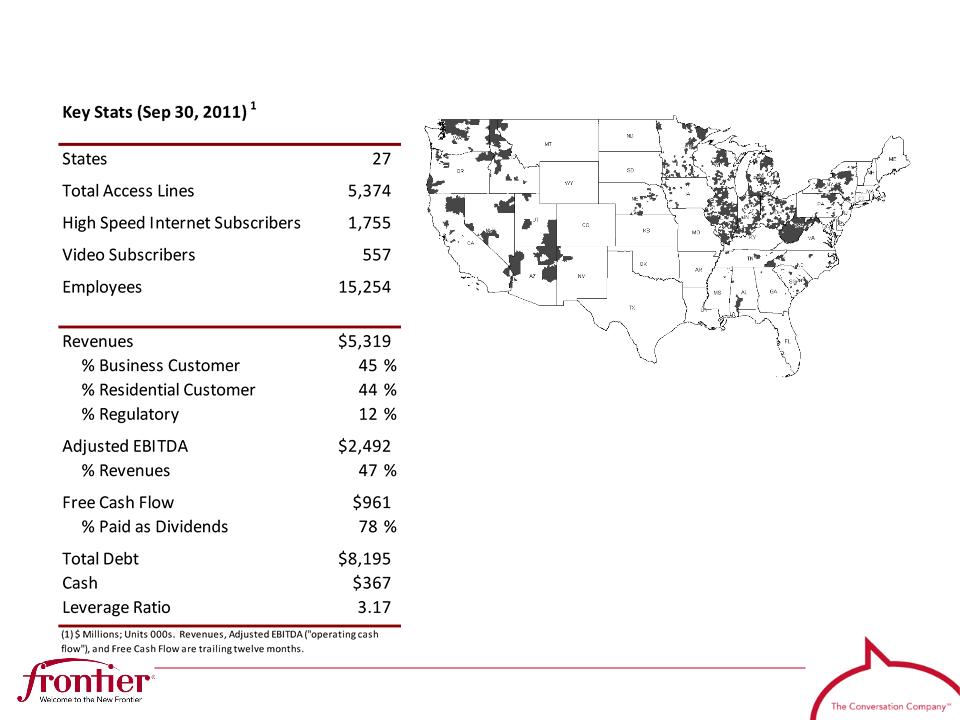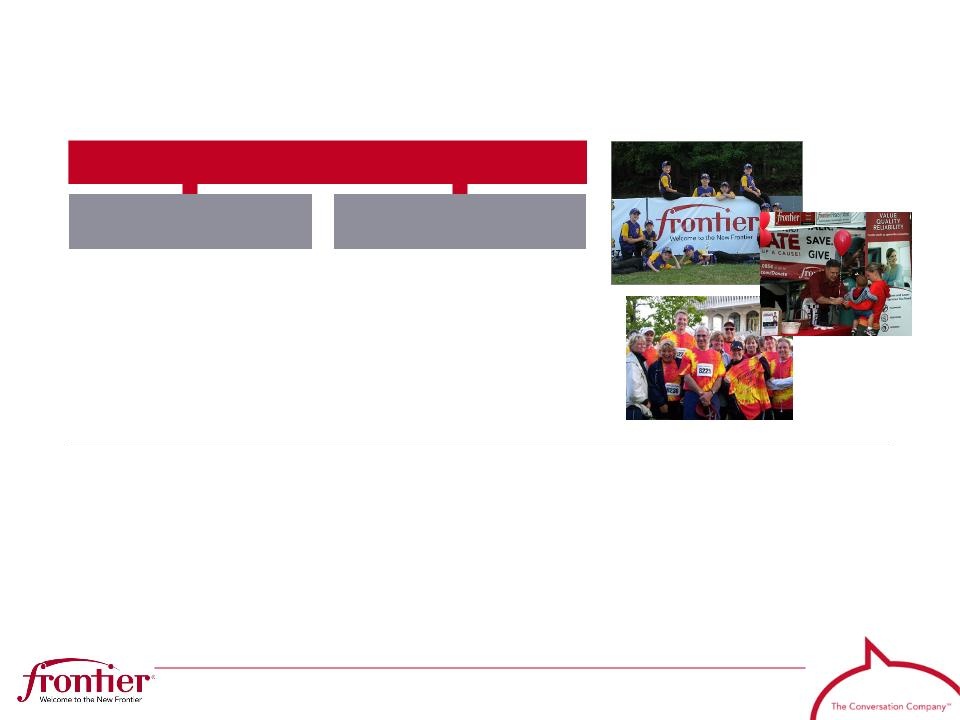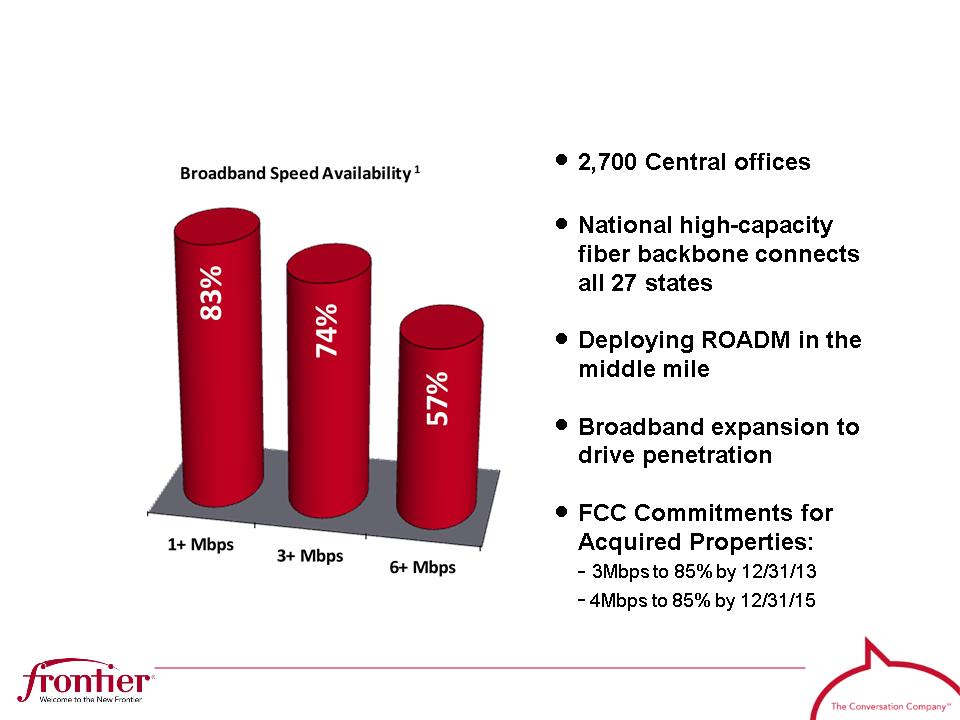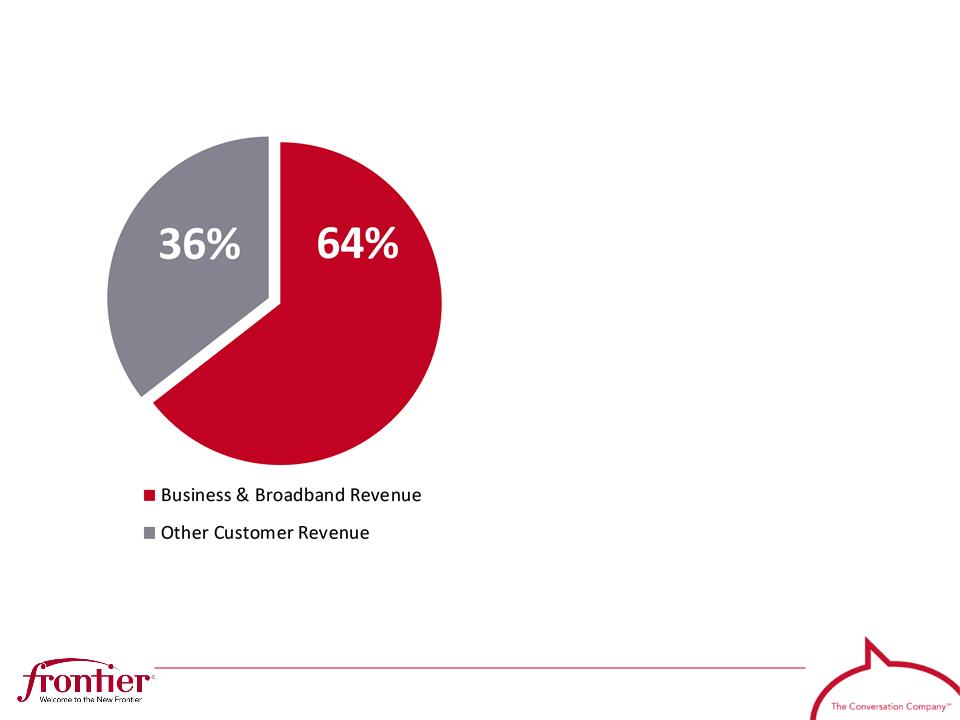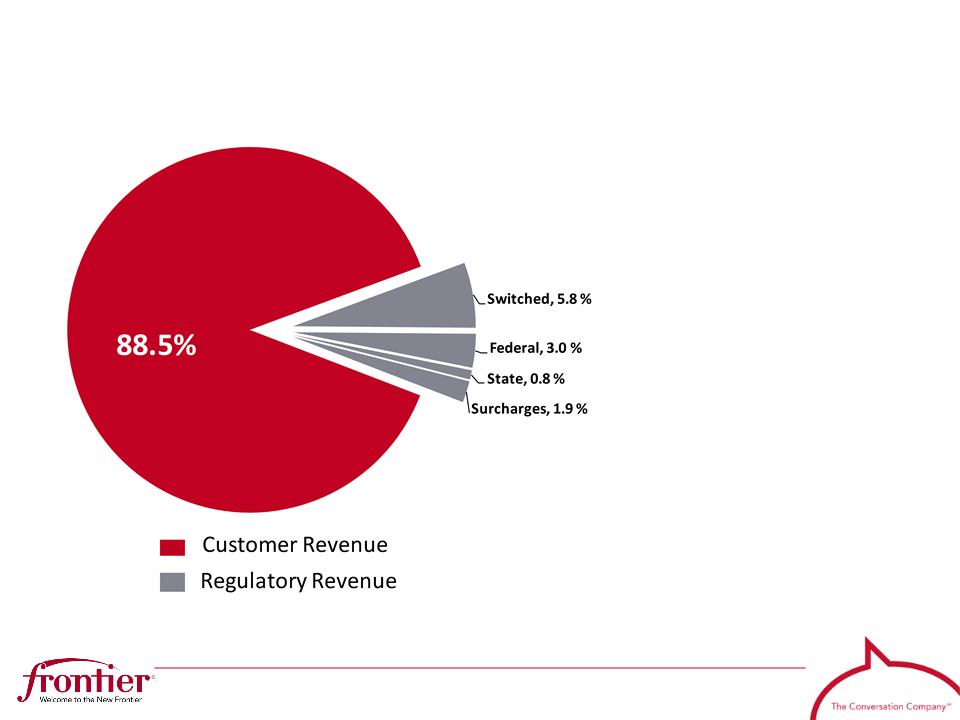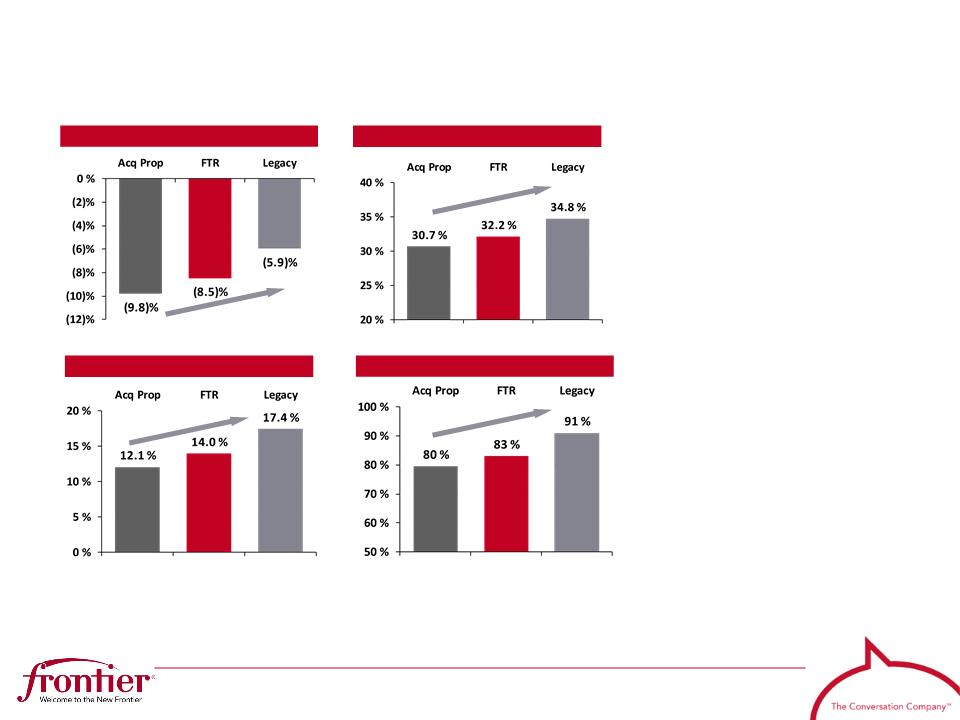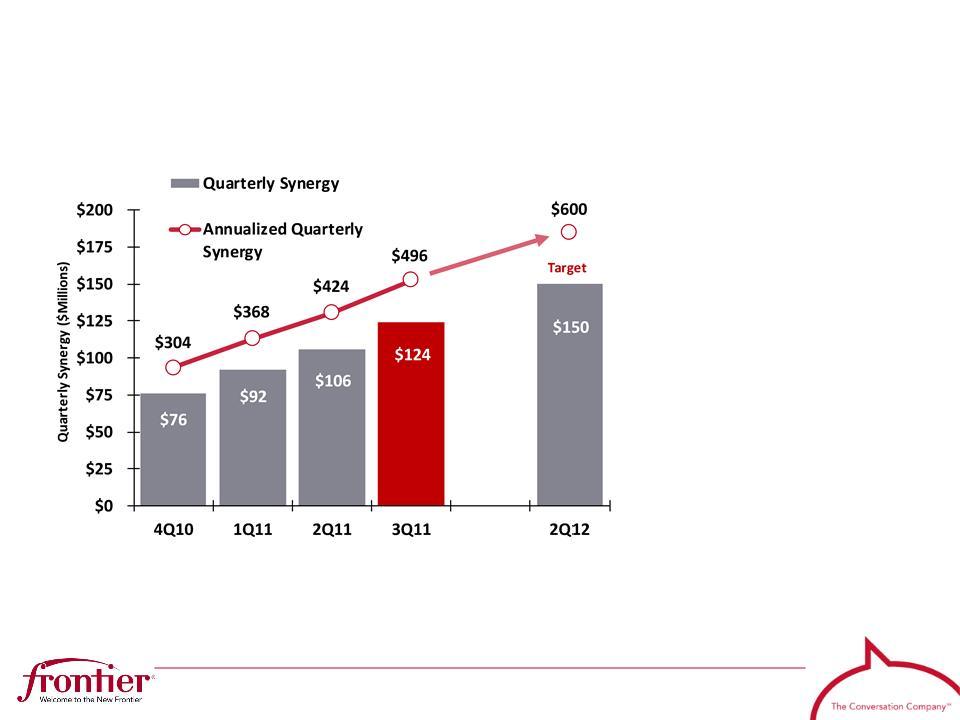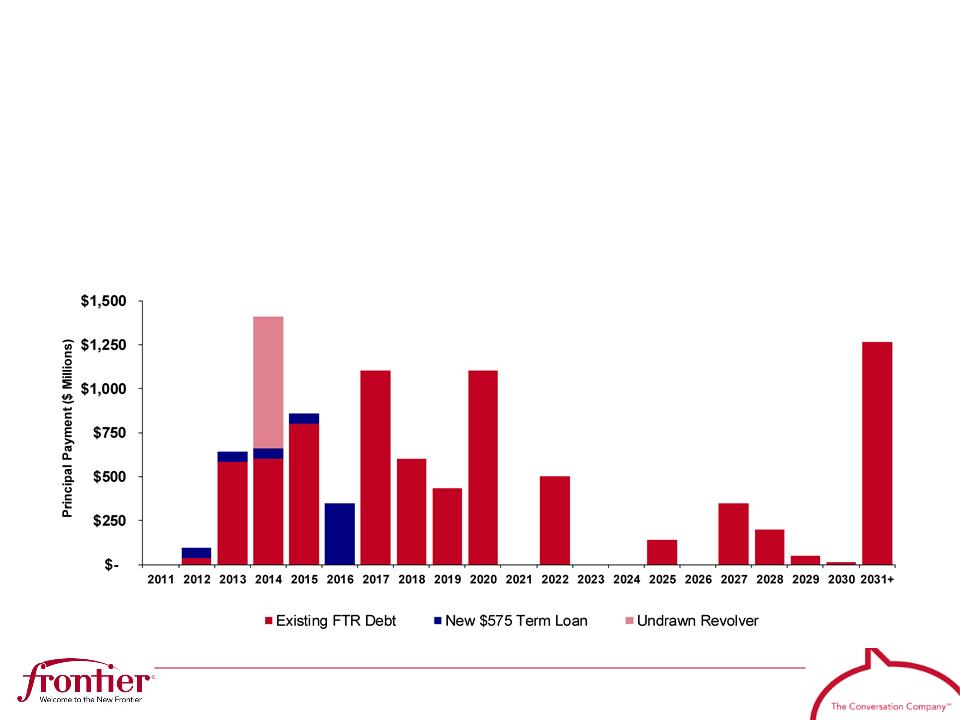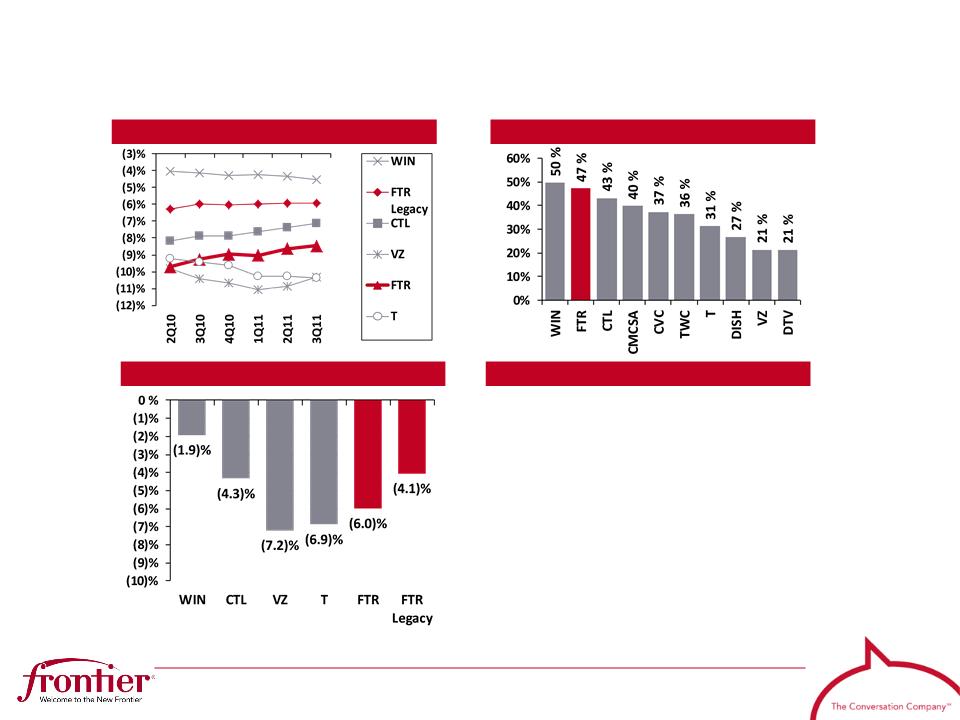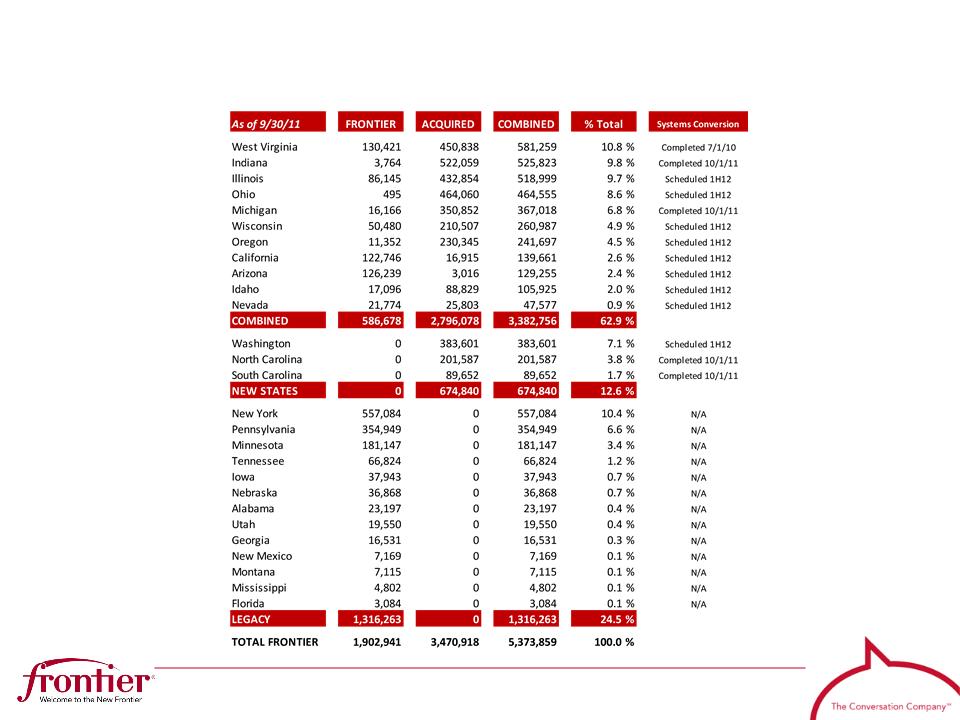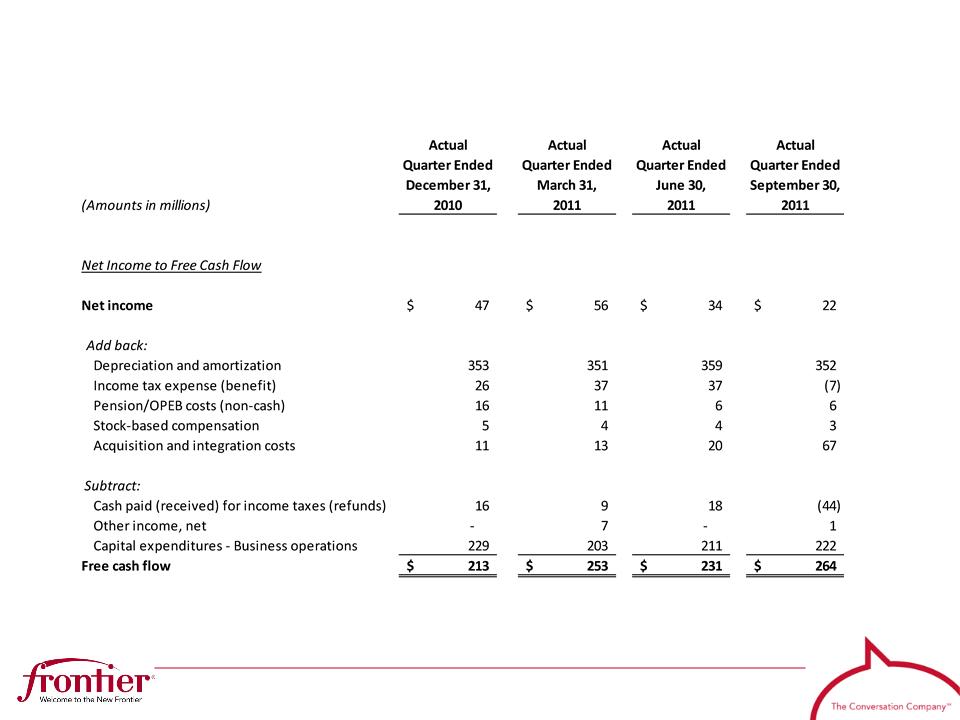2
Safe Harbor Statement
Forward-Looking Language
This document contains forward-looking statements that are subject to risks and uncertainties that could cause actual results to differ materially from those expressed or implied in
the financial statements. Statements that are not historical facts are forward-looking statements made pursuant to the safe harbor provisions of the Private Securities Litigation
Reform Act of 1995. Words such as “believe,” “anticipate,” “expect” and similar expressions are intended to identify forward-looking statements. Forward-looking statements
(including oral representations) are only predictions or statements of current plans, which we review continuously. Forward-looking statements may differ from actual future results
due to, but not limited to, and our future results may be materially affected by, potential risks or uncertainties. You should understand that it is not possible to predict or identify all
potential risks or uncertainties. We note the following as a partial list: our ability to successfully integrate the operations and systems of the acquired business into Frontier’s
existing operations and systems; the risk that the growth opportunities and cost synergies from the transaction may not be fully realized or may take longer to realize than
expected; our indemnity obligation to Verizon for taxes which may be imposed upon them as a result of changes in ownership of our stock may discourage, delay or prevent a third
party from acquiring control of us during the two-year period ending July 2012 in a transaction that stockholders might consider favorable; the effects of increased expenses
incurred due to activities related to the integration of the acquired business; following the latest systems conversions, the remaining nine states of the Acquired Business continue
to operate on systems acquired in the Transaction, which could experience unplanned interruptions that may impact our operations; our ability to maintain relationships with
customers, employees or suppliers; the effects of greater than anticipated competition requiring new pricing, marketing strategies or new product or service offerings and the risk
that we will not respond on a timely or profitable basis; reductions in the number of our access lines that cannot be offset by increases in High-Speed Internet (HSI) subscribers
and sales of other products and services; the effects of ongoing changes in the regulation of the communications industry as a result of federal and state legislation and regulation,
or changes in the enforcement or interpretation of such legislation and regulation; the effects of any unfavorable outcome with respect to any current or future legal, governmental
or regulatory proceedings, audits or disputes; the effects of changes in the availability of federal and state universal funding to us and our competitors; the effects of competition
from cable, wireless and other wireline carriers; our ability to adjust successfully to changes in the communications industry and to implement strategies for growth; continued
reductions in switched access revenues as a result of regulation, competition or technology substitutions; our ability to effectively manage service quality in our territories and meet
mandated service quality metrics; our ability to successfully introduce new product offerings, including our ability to offer bundled service packages on terms that are both profitable
to us and attractive to customers; changes in accounting policies or practices adopted voluntarily or as required by generally accepted accounting principles or regulations; our
ability to effectively manage our operations, operating expenses and capital expenditures, and to repay, reduce or refinance our debt; the effects of changes in both general and
local economic conditions on the markets that we serve, which can affect demand for our products and services, customer purchasing decisions, collectability of revenues and
required levels of capital expenditures related to new construction of residences and businesses; the effects of technological changes and competition on our capital expenditures
and product and service offerings, including the lack of assurance that our network improvements will be sufficient to meet or exceed the capabilities and quality of competing
networks; the effects of increased medical, retiree and pension expenses and related funding requirements; changes in income tax rates, tax laws, regulations or rulings, or federal
or state tax assessments; the effects of state regulatory cash management practices that could limit our ability to transfer cash among our subsidiaries or dividend funds up to the
parent company; our ability to successfully renegotiate union contracts expiring in 2011 and thereafter; changes in pension plan assumptions and/or the value of our pension plan
assets, which would require us to make increased contributions to the pension plan in 2012 and beyond; the effects of customer bankruptcies and home foreclosures, which could
result in difficulty in collection of revenues and loss of customers; adverse changes in the credit markets or in the ratings given to our debt securities by nationally accredited
ratings organizations, which could limit or restrict the availability, or increase the cost, of financing; limitations on the amount of capital stock that we can issue to make acquisitions
or to raise additional capital until July 2012; our ability to pay dividends on our common shares, which may be affected by our cash flow from operations, amount of capital
expenditures, debt service requirements, cash paid for income taxes and liquidity; and the effects of severe weather events such as hurricanes, tornados, ice storms or other
natural or man-made disasters. These and other uncertainties related to our business are described in greater detail in our filings with the Securities and Exchange Commission,
including our reports on Forms 10-K and 10-Q, and the foregoing information should be read in conjunction with these filings. We undertake no obligation to publicly update or
revise any forward-looking statements or to make any other forward-looking statement, whether as a result of new information, future events or otherwise unless required to do so
by securities laws.



